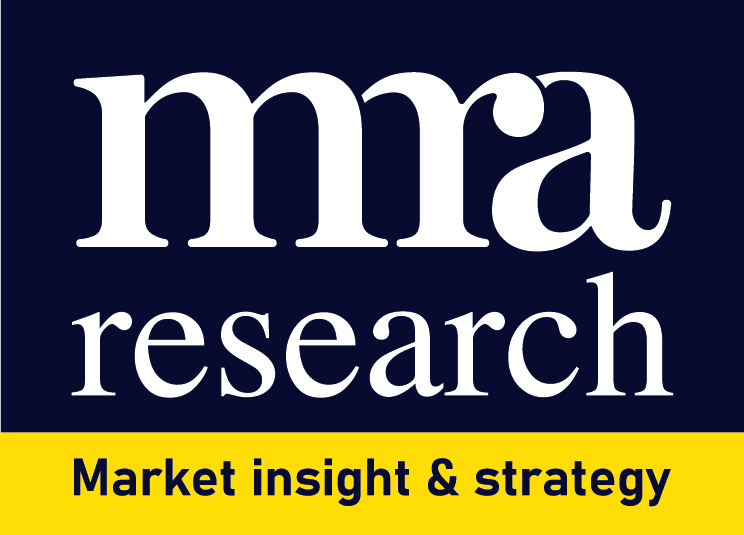How to Set the Scope of a Market Research Project
 When specifying a research project, it is always best to keep things as simple as possible and to try not to cover too wide a scope in the brief. In essence, you will need to differentiate ‘need to know’ from ‘nice to know’ information and not be tempted to look for data that is not part of your research objectives. What is it that you need to know to achieve your aims?
When specifying a research project, it is always best to keep things as simple as possible and to try not to cover too wide a scope in the brief. In essence, you will need to differentiate ‘need to know’ from ‘nice to know’ information and not be tempted to look for data that is not part of your research objectives. What is it that you need to know to achieve your aims?
The importance of focus
It is also important to know who or which department in an organisation the research is for. Does it need to meet the company’s needs from a marketing, operational or strategic perspective? Ideally the answer should not be ‘all of them’ – if there are too many stakeholders and too many objectives, there is a risk of a loss of focus in the project.
A well-designed research project will be focused on what’s key to your objectives and have set limitations. If you want to include too much, you may need to split the requirements into two or more different projects. This focused approach will help to keep costs down and will deliver clear, actionable results. It will also be much easier to carry out the research for two main reasons:
- For most research, you need to carry out a large number of interviews. Keeping the questionnaires simple and focused is a way to ensure high response rates and hold the attention of respondents.
- A lack of focus can also lead to a problem with sample sizes. For example, you may want to find out how many branches stock certain products, but then also analyse the results by region, by company size, by type of customer and so on. For each of those splits you would need to add another question, adding to the length and complexity of the questionnaire. The sample size would also need to increase to make sure there is a statistically significant sample in each of the categories. Each time you want to split information, think carefully about how you will use that information to give valuable, actionable insight.
The devil in the details
In order to keep costs down, many briefs ask for “top line figures” or “an overview” to limit the amount of work. However, for most types of research, a lot of data needs to be gathered and analysed in order to give an overview. In other words, the bulk of the work (the data gathering) is the same, whether you want detailed analysis of that data, or a more general picture of total numbers.
The process of gathering the data has an important purpose in itself, whether it is through desk research or interviews. It’s vital to get a good, representative sample so as not to risk any bias. While it may be possible to do a quick poll on twitter or via an online survey, but the results are unlikely to be robust enough to inform any strategic decisions.
Get in touch with MRA Research on 01453 521621 to see how our robust research can help you!
This post is part of our article series 9 tips for commissioning valuable market research.
